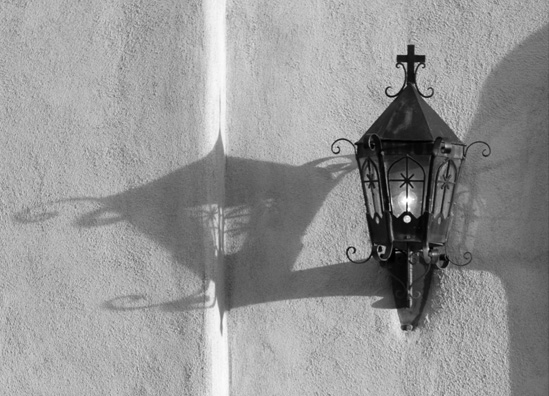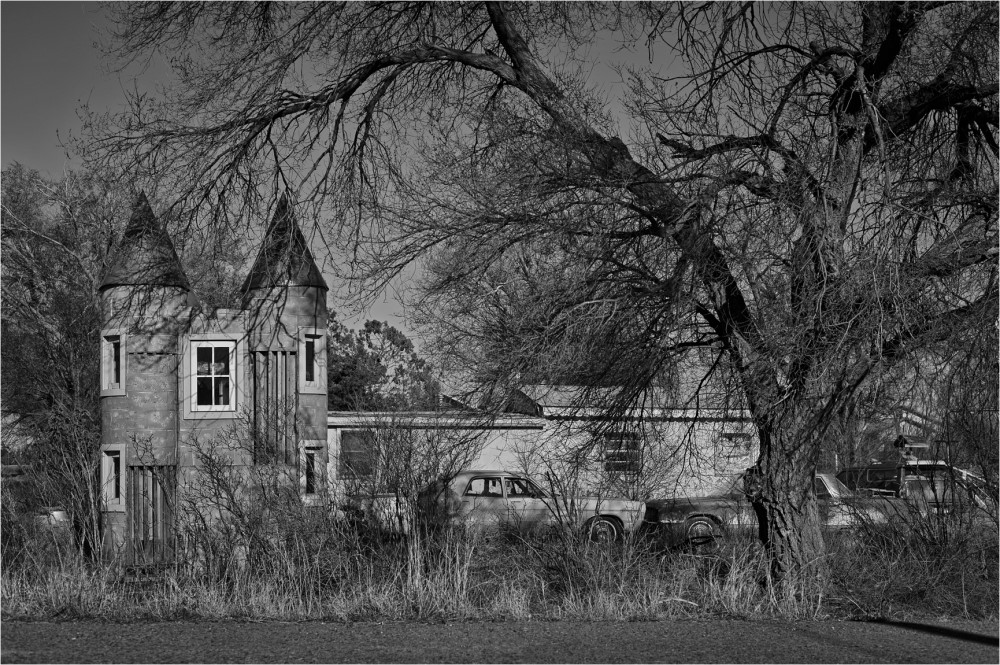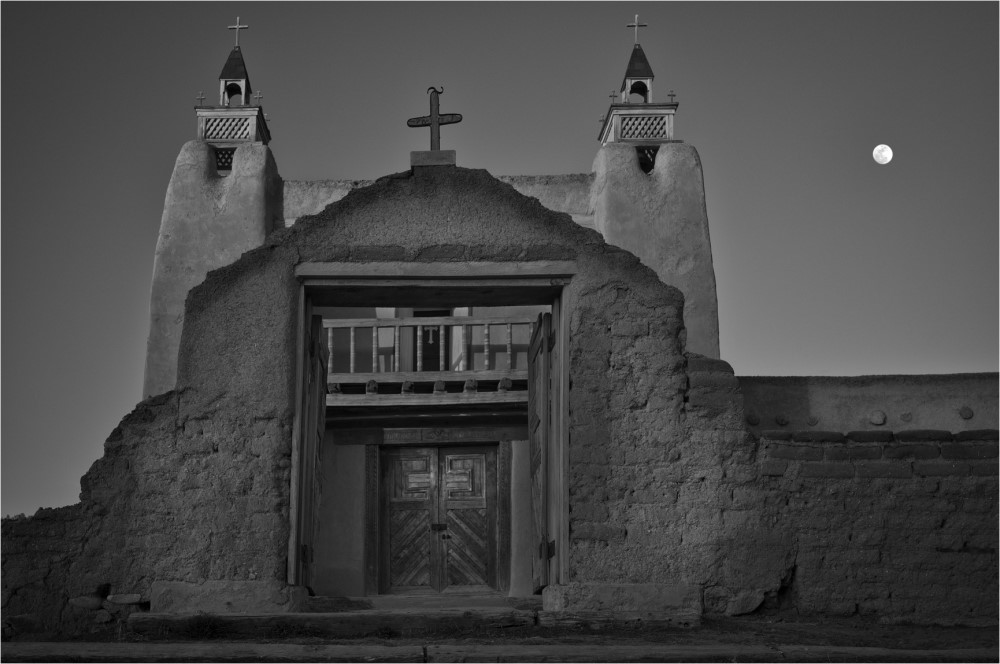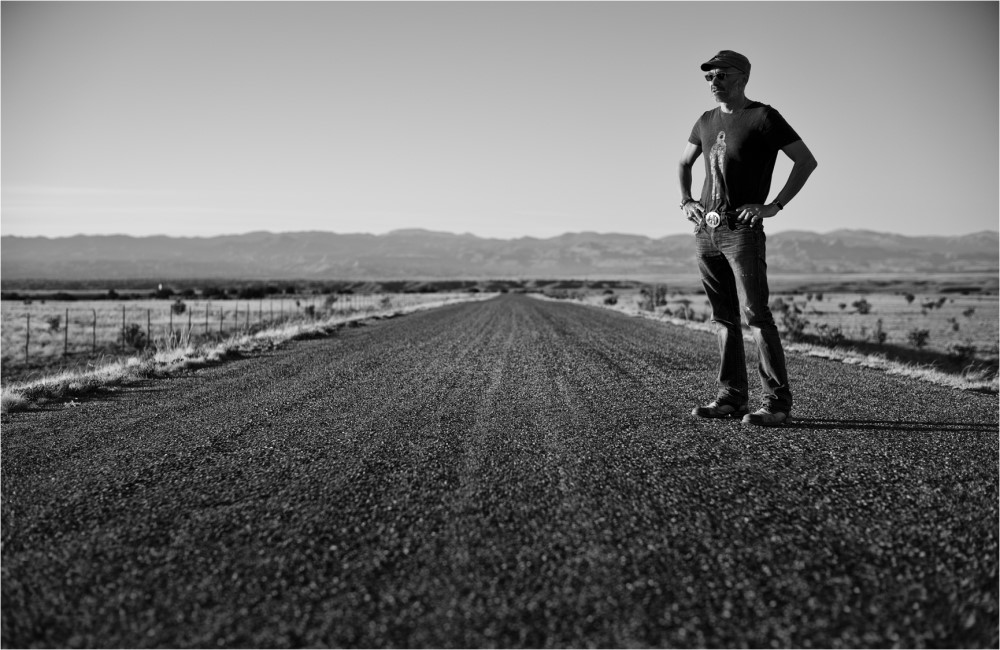As a devoted and avid user of all things Leica, I’m always on the lookout for the latest and greatest from that venerable camera and lens maker. So it came as no surprise that my heart went pitter-patter upon seeing the Leica SL on their website.
Its features sounded impressive – mirrorless, high-quality EVF, touchscreen, low ISO capabilities, GPS, 4K video, solid and hefty aluminum body, new AF zoom lenses, and most important (for me anyways) the ability to use M-lenses with the camera.
It sounded like the (yet another) perfect Leica for me, strictly by reading the specs and online reviews. But wait, didn’t I just purchase my Monochrom 246 less than a year ago? Was I willing to give up this stellar camera so soon in favour of another? And one that I’ve not even seen in person or tested???
You see, I’m committed to my black and white work, and if ever an opportunity comes along that enables me to tweak my black and white images that much more, I’m all over it. First it was the Monochrom, then the Monochrom 246, and now the possibility of the SL for my black and white. But could I strictly be swayed by Leica fans’ internet chatter, as well as glowing publicity from Leica itself?
No, I concluded. I had to test this camera out for myself. But how?
I did the only thing I could possibly think of doing – I contacted my good friend and Leica dealer extraordinaire Sam Shoshan of Classic Connection LLC. I thought if anyone would be able to help me find a way to test an SL alongside my 246, it was Sam. His reply to my innocent request? “I’ll see what I can do.” It then dawned on me that I was to be leaving for my annual New Mexico ‘wander’ in just two days, and would be away for two solid weeks. “Think I’d be able to road test an SL against my 246 for two weeks in New Mexico?” “No promises”, replied Sam at the other end of the telephone line. Admittedly, it was a pretty tall order, but I held my breath in anticipation of the possibility.
Two days later I was on an airplane en route to Albuquerque, SL and 246 bodies in hand. After having studied the 130-page instruction manual a number of times, I made note of a number of the features of the camera….
First off, the body itself is quite a lump of solid aluminum. With a big chunky grip, it’s an easy rig to hold. I’ve always been partial to heavy cameras, so this one fit me like a glove. The camera also tempts with dual SD slots, a nice big screen on the back, a customizable menu, a low ISO setting (ISO 50), and a rather large electronic viewfinder.
By comparison, the Monochrom 246 is a study in seeming austerity. An optical viewfinder, smaller body (at least when compared to the SL), its black and white-only limitation, and a more straightforward menu seem tailor-made
to my shooting style. It’s difficult to believe that I’d consider relinquishing this great camera in favour of another, but I was certainly tempted!
Living with a new camera for two weeks versus a brief tryout in a camera store certainly enables one to explore the camera’s nuances. There were definitely a number of aspects of the SL that I particularly liked, there were some that made life a bit difficult for me:
While I loved the size and clarity of the electronic viewfinder, it did cause me trouble while wearing my prescription polarized sunglasses. The bright New Mexico sunlight can be often unforgiving on these eyes of mine, so I was compelled to wear my prescription polarized sunglasses much of the time. Only problem is that the sunglasses didn’t play well with the SL’s EVF – put the camera up to my face, peer through the EVF and see…..nothing. Total blackness. Yet, when I would rotate the camera to take the very rare vertical photo, my view was restored. So the solution to taking horizontal photos was to either wear my regular eyeglasses (which was a bit painful in the New Mexico sunlight), or to remove my sunglasses every time I wanted to take a photo, and adjust the large eyepiece diopter to suit my nearsighted eyes. Not the most convenient way to take photos, at least in bright daylight.
The other thing that didn’t really work for me was the touchscreen – it did work, but I found that it wasn’t something that I personally warmed up to using. This was likely a personal preference, as other users might enjoy this feature.
One benefit of using the SL was to actually able to focus through the lens (as opposed to the separate optical viewfinder of the 246), and this proved to be especially useful with the 0.95 Noctilux lens wide open. I’ve always had difficulty getting a tack-sharp image with the Noctilux wide open on my Monochrom 246 – I’d have to focus on something in the middle of the frame (as that’s where the rangefinder patch is located), but if I wanted to reframe the image after focusing, oftentimes my original point of focus would fall out of focus. It wasn’t so bad if I was shooting at f/2 or higher, but at 0.95, forget it. The SL, on the other hand, had far more ‘hits’ than ‘misses’ with the Noctilux, and I looked forward to shooting with that lens on the SL.
You’d think that the ease of focusing with the SL would result in sharper images than the 246, but it wasn’t always the case. I actually ended up with conflicting results on two specific occasions: If you look at the first set of photos, taken at f/2 with my 35/1.7 Voigtlander Ultron, the full shots look to be more or less the same (the SL was set at ISO 400, the 246 at ISO 320). However, upon closer inspection, the SL photo is clearly sharper than the
Monochrom’s. Yet, in the second set of photos (taken with the Noctilux at f/4), I got the opposite results. As a result, I’m not completely convinced that one camera delivers sharper images than the other.
Below is the photo from the Monochrom 246, taken with a 35/1.7 Voigtlander Ultron @ f/2, ISO 320

Below is the photo from the SL, also with the 35/1.7 Voigltander Ultron @ f/2, ISO 400

Closeup ‘crop’ from the Monochrom 246 photo above

Closeup ‘crop’ from the SL photo above

Clearly from these comparisons, the SL is sharper.
However, here is another test that gives the opposite results:
Sample photo from the Monochrom 246, taken with 50/0.95 Noctilux @ f/4, ISO 320

Sample photo from the SL, also taken with the 50/0.95 Noctilux @ f/4, ISO 400

Closeup ‘crop’ of the Monochrom 246 photo above

Closeup ‘crop’ from the SL photo above

Here the Monochrom is the winner. So my tests are inconclusive.
Tonality-wise, I think both cameras produce roughly the same degree of detail in the shadows, midtones and highlights. One of the complaints about the original Monochrom (CCD) was its tendency to ‘blow’ highlights unless you underexposed by 1/2 – 2/3 of an f-stop. With the 246 and the SL, this doesn’t seem to be an issue. Furthermore, upon close inspection of 11”x16” prints from both the SL and the 246, I really can’t detect much difference between the two. So for me the final image results are a tossup.
Upon completing my two week New Mexico wander, I weighed the pros and cons of each Leica camera. Both are super-duper, and I’d be more than happy with either one. Yet, I found myself clinging a bit more closely to my Monochrom 246. Its straightforward approach to picture-taking, as well as its size and handling, made for a better photographic companion for me. Not to say that the SL is a more complicated affair, but ultimately I wasn’t willing to part with a great Leica product that I’ve had for less than a year in favour of another great Leica product, with seemingly little advantage.
I guess in the perfect world I’d have both, right? No harm in dreaming.
Below is a selection of images from both the Monochrom 246 and the SL. They aren’t ‘side-by-side’ comparisons, but just various photos that I took during this New Mexico ‘wander’:
Taken with the SL and 50/2 Summicron @ f/3.5, ISO 50

Taken with the SL and 50/0.95 @ f/1.2, ISO 400

Ansel can have Hernandez, I’ll take Las Trampas. Taken with the SL and 35/1.7 Voigtlander Ultron @ f/8, ISO 400

Portrait with the Monochrom 246 and the 35/1.7 Voigtlander Ultron @ f/4, ISO 640

A photo of yours truly. Taken with the Monochrom 246 and 50/0.95 Noctilux @ f/1.2, ISO 320

Monochrom 246 and 50/0.95 Noctilux @ f/2, ISO 320

Casey, Postmaster in Tremontina, NM. Monochrom 246 and 35/1.7 Ultron @ f/2.8, ISO 800

In the Garden of Gethsemane, Monochrom 246 and 50/0.95 Noctilux @ f/4, ISO 320

Somewhere on Hwy. 402. Monochrom 246 and 50/2 Summicron @ f/11, ISO 320

Somewhere on Hwy 402. SL with 35/1.7 Voigtlander Ultron @ f/11, ISO 50

Leaving Las Vegas. SL and 50/0.95 Noctilux @ f/4, ISO 50

My good friend Shelly. SL and 50/0.95 Noctilux @ f/1.2, ISO 400

Nara Visa, NM. Taken with the SL and 50/2 Summicron @ f/5.6, ISO 50

Ross & Ira. Taken with the SL and 50/2 Summicron @ f/11, ISO 200

My friend Gloria, Monochrom 246 and 50/0.95 Noctilux @ f/2.8, ISO 800

Tremontina, NM. Monochrom 246 and 35/1.7 Voigltander Ultron @ f/8, ISO 320







































